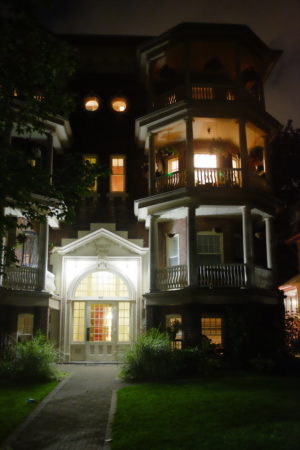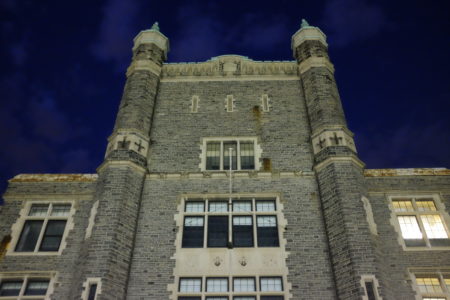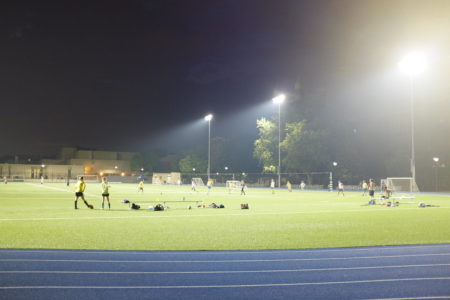I am aware that site performance here is less than ideal in at least three ways:
- Sometimes pages are simply slow to load
- Pages that do exist sometimes fail to load entirely, producing a 404 error instead
- Sometimes, pages load without images or CSS, showing only text
It’s much worse on the administrative side, with frequent page load errors and constant problems with image file uploads.
This site is WordPress-based, which means it uses PHP and a MySQL database. Instead of generating each page dynamically every time it is requested, it uses WP SuperCache, and I have tried experimenting with the plugins various settings, so far without fully resolving the problems.
The site is hosted on DreamHost’s standard, approximately $100/year unlimited storage / unlimited bandwidth shared hosting plan. It would be possible to upgrade to a virtual private server, but it’s significantly more expensive and offers rather limited storage (only 30GB for the cheapest plan).
I will work on trying to diagnose exactly what’s causing these speed and reliability problems. If WP-savvy people have any suggestions, I’d be happy to hear them.





